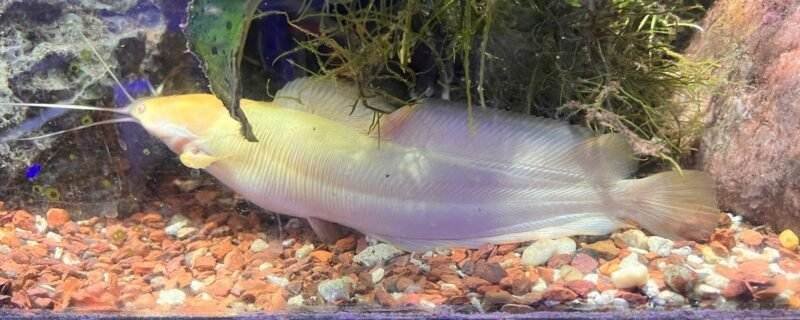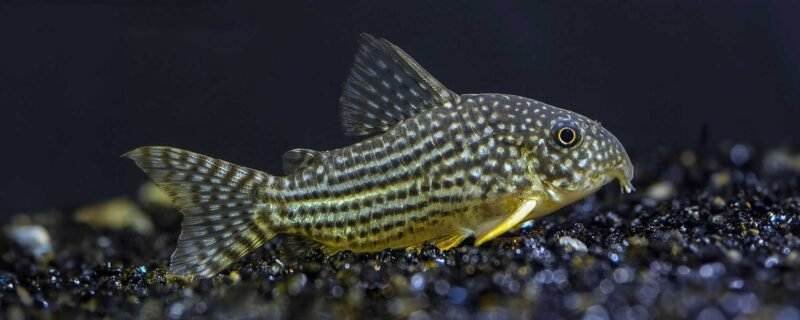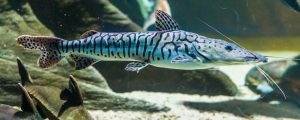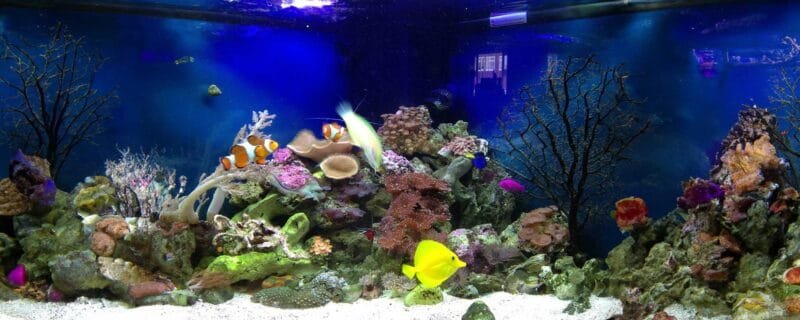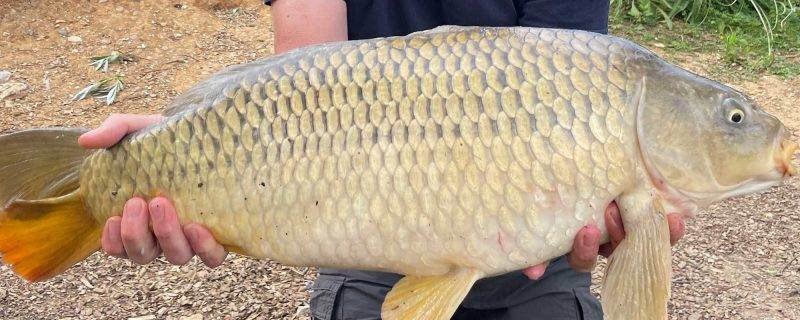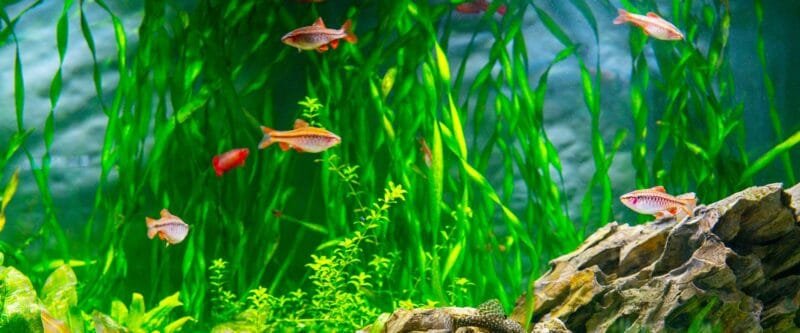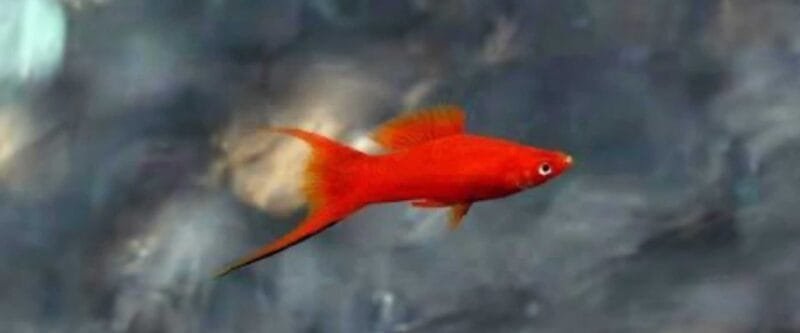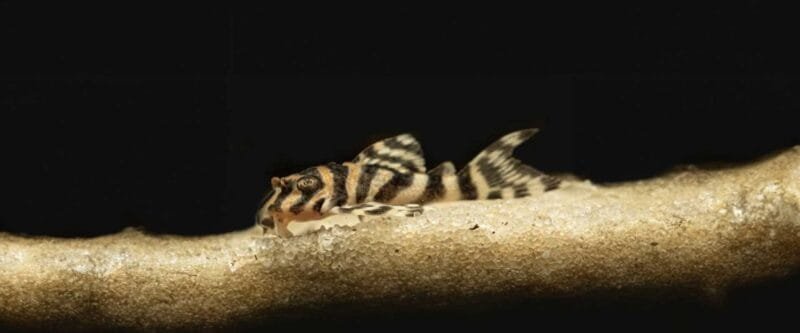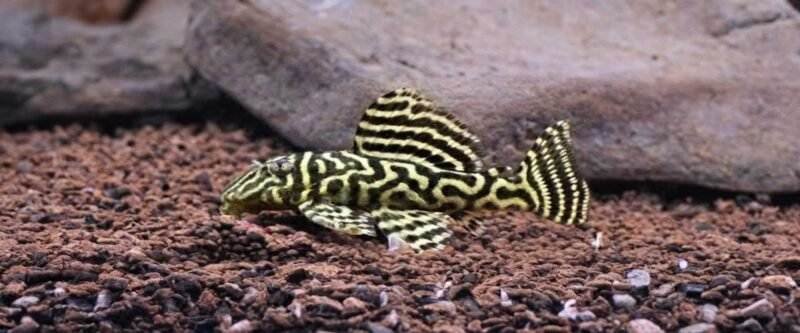Introduction
The Redtail Catfish, a species revered for its size and unique appearance, is a fascinating addition to large freshwater aquariums. This blog post aims to provide an educational overview of the Redtail Catfish, covering its natural habitat, care requirements, and behavior.
Latin Name and Native Habitat
The Redtail Catfish, scientifically known as Phractocephalus hemioliopterus, is native to the Amazon, Orinoco, and Essequibo river basins of South America. In these habitats, they are found in a variety of environments, including rivers, floodplains, and lakes.
Size and Appearance
One of the most notable features of the Redtail Catfish is its size. In the wild, they can grow up to 5 feet in length, although in captivity, they typically reach about 3 feet. They have a distinctive appearance with a dark, elongated body and a striking red tail.
Diet
Redtail Catfish are omnivorous but primarily feed on fish, crustaceans, and plant matter in their natural habitat. In captivity, they require a varied diet that includes high-quality pellets, live or frozen fish, and occasional fruits and vegetables.
Sexing and Breeding
Sexing Redtail Catfish can be challenging, as there are no easily discernible external differences between males and females. Breeding them in captivity is extremely rare and difficult, often requiring large ponds or specialized facilities.
Water Conditions and Habitat
These catfish prefer water temperatures between 68°F and 77°F, with a pH level of 6.0 to 7.5. They require a large tank with plenty of space to accommodate their size, along with a strong filtration system to maintain water quality.
Ease of Care
Caring for Redtail Catfish is challenging due to their large size and specific dietary needs. They are best suited for experienced aquarists with the capacity to provide a suitably large and well-maintained environment.
Community Tank Compatibility
Due to their size and predatory nature, Redtail Catfish are not suitable for standard community tanks. They can inadvertently harm or consume smaller tank mates.
Suitable Tank Mates
In very large aquariums or ponds, they can be kept with other large, non-aggressive species that are not small enough to be considered prey. Tank mates might include other large catfish or similarly sized South American cichlids.
Species Variations
There are no significant subspecies or variations within the Redtail Catfish species. However, individual specimens may exhibit slight differences in color intensity and pattern.
Conclusion
The Redtail Catfish is an impressive species that requires dedicated care and a spacious environment. While not suitable for the average home aquarium, in the right conditions, they are a majestic and fascinating species for experienced aquarists. Understanding their needs and natural behavior is crucial for successfully keeping Redtail Catfish.


